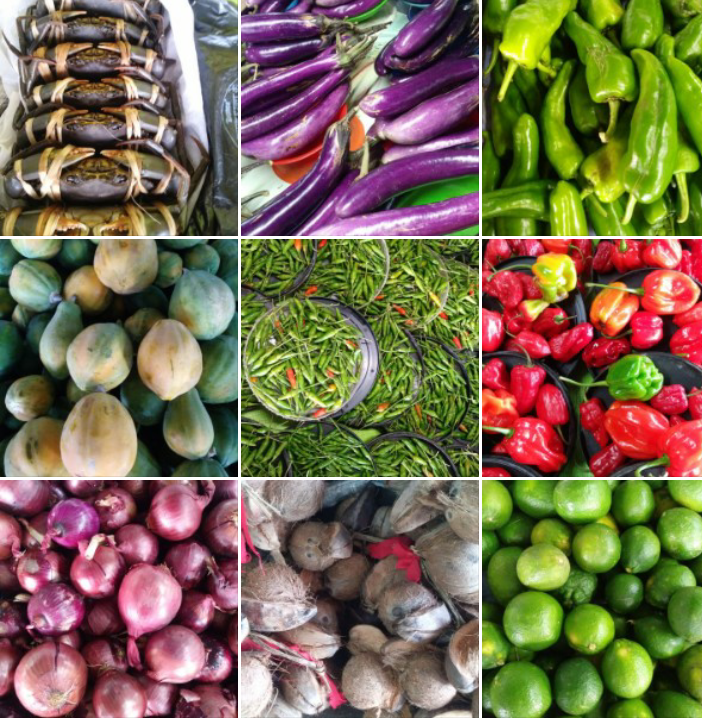In the morning, the South Pacific Sea breeze blew away the tiredness of a hot and humid night. Large clouds rolled across the sky and the sun scorched down on us through the gaps in the cloud cover as we set out to visit the markets of Suva.
Surely, the Bauan chieftain, Seru Epenisa Cakobau, could not imagine that Suva would eventually become the biggest city on the Southern Pacific Islands when he gave away this land to the Australian Polynesia Company many years ago.
Suva Handicraft Market
The Suva Handicraft Market is a conspicuous yet monotonous yellow building. Traditionally, the indigenous people of the Fiji Islands used coconuts, straws, mahogany, and other plant materials to make household items. This tradition of handicrafts has been passed down through generations and has taken on spiritual meanings for blessing.
One example is the beautifully carved bowl made of wood that one use to serve Kava (a local drink) but also by fishermen to bless their boats for safe travel in the ocean.

Suva Local Market
Just on the other side of the street, one can find the Suva local market. We passed from a hot, bright road into a cool, dark alley of market stalls that extended as far as the eye could see, losing itself in shadows. The alleys through the stalls are about one meter wide, though also a bit narrower here and there.
I was impressed by the traditional commercial wisdom, where one of the peculiarities of the market is that shopkeepers selling the same type of goods are in the same area. That way, buyers can easily find what they need, and the salesmen can form a closely knit guild against injustice. For example, a large group of dealers selling oranges gathered in front of pagodas of nearly identical oranges. The oranges were all sold at the same price so that only randomness and preference for a certain stall influence the buyer's decision.
I felt the soul of Suva in these markets. Although the markets were quite crowded and not the cleanest, they are a living example of Fijian culture passed from generation to generation. And with the buzzing nature of the trading, they also bring life to the city.

